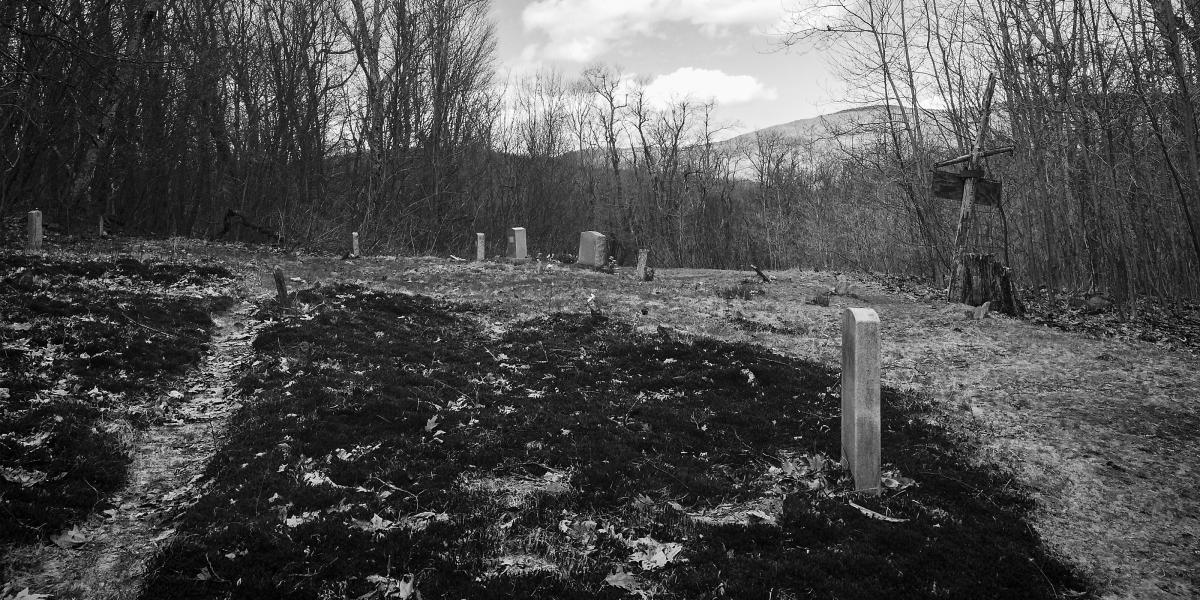Elegy for the Children
A family cemetery in the Blue Ridge Mountains reminds us of our recent past and the current reality for too many in the world.
We came upon the cemetery in the afternoon.
March winds carried thick clouds and then shredded them to reveal hot sun and blue sky. We had descended to the Rose River beside bare trees, glimpsing yellow buds on bushes and sudden cataracts of white water cutting through stone, filling crystal pools. Toward the end of our last hike of our last day in Shenandoah National Park in Virginia’s Blue Ridge Mountains, we turned on to a gravel fire-road. My son dragged a stick in the road as my daughter and I chatted.
A sign that said “Cave Cemetery” drew us off the road and up a hill to a clearing studded with stone and wooden markers. The Cave family cemetery dates to the 1830s. We read the dozen or so tombstones that memorialized the mountain family’s dead—mothers, farmers, Confederate veterans... . Most of the graves, however, were marked simply by stones or weather-beaten wood. Time has erased the names if they were ever there.
A nearby plaque, however, uncovers the tragedy. “People Buried Here With No Head Marker Before 1940,” it says. Nineteen of the 37 names on the list are marked as children. Willie Cave, Virgie Cave, Myrtle Cave, Fannie J. Cave, Rufus Cave… .
Imagine a cemetery where more than half the dead are children. It reminds us of how recently diphtheria, typhoid and other diseases carried away the most vulnerable in this country. It shows us, too, how much we need the work of researchers like Mathu Santosham to ensure that children everywhere have a most basic right: the chance to survive.
I stood in the field of graves with my very alive children watching the cloud-shadows sweep across the valley and the far mountains, grateful.
